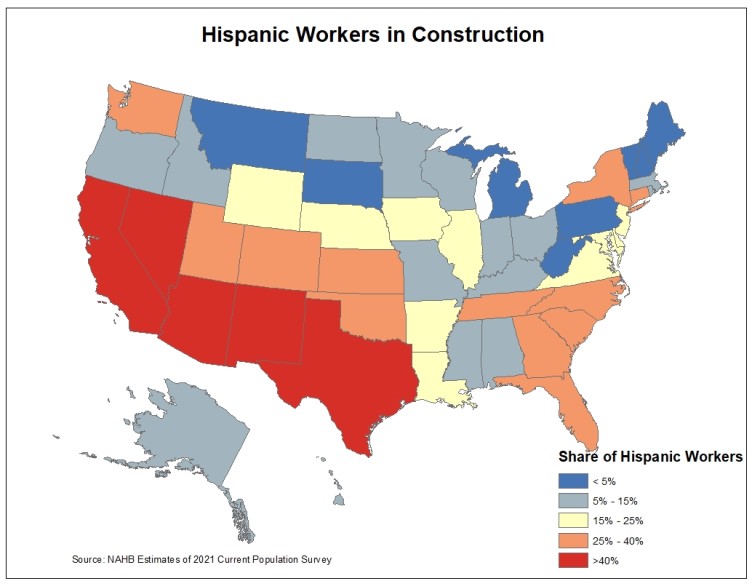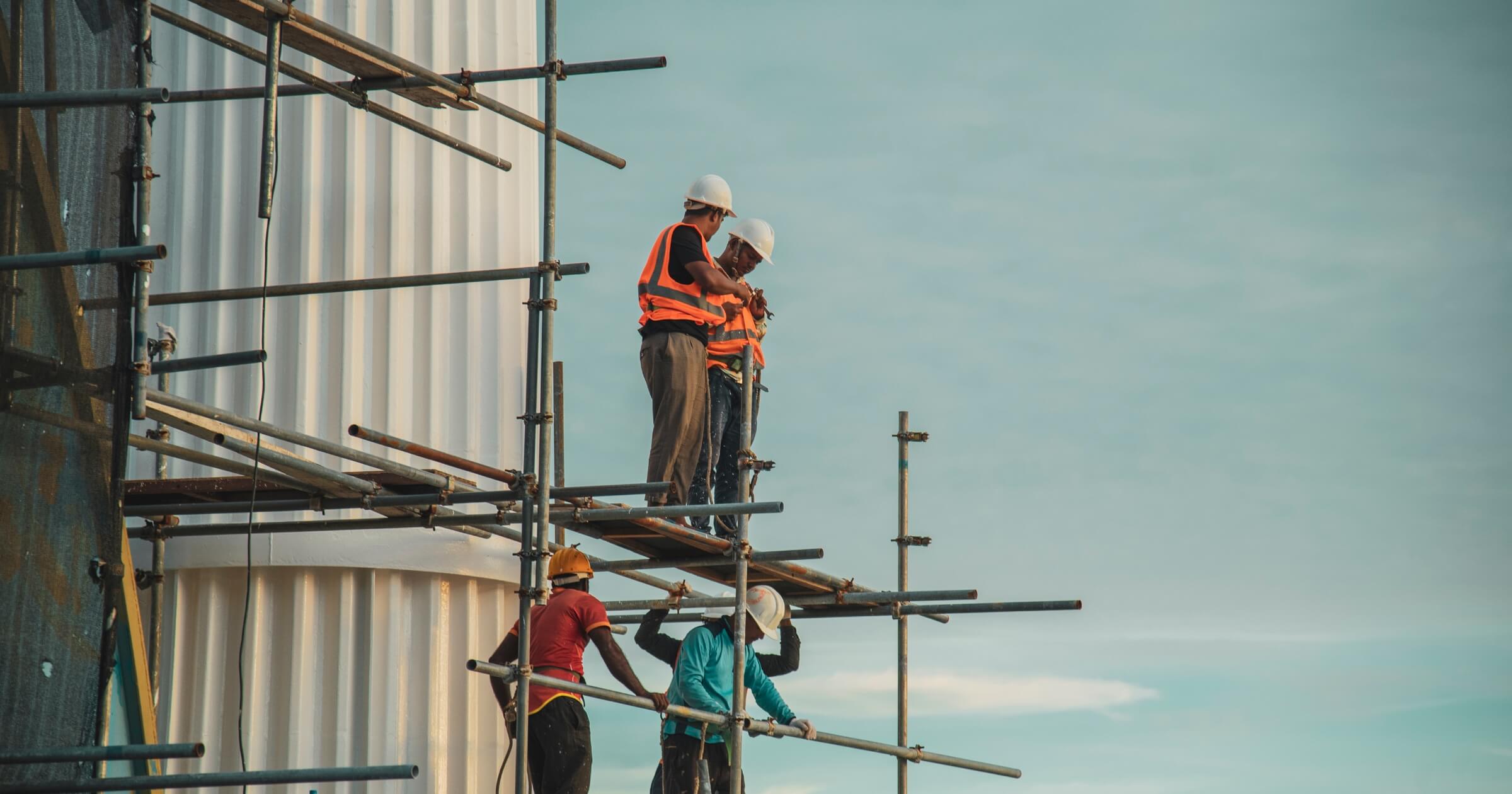Mexican workers have helped shape skylines, raise homes, and keep the construction industry moving across North America. From California to New York, their hands have built communities. On Cinco de Mayo, it’s worth taking a moment to celebrate their incredible contributions and acknowledge the road still ahead.
Quick look:
- Mexican laborers have been a major part of North American construction for over a century, from building railroads to raising skylines today.
- Hispanic workers, particularly those of Mexican origin, now make up over a third of the U.S. construction workforce, helping to fill critical labor shortages.
- Their presence drives productivity and keeps projects on schedule, but they face challenges like workplace safety risks and underrepresentation in leadership.
- This Cinco de Mayo, the industry is called to celebrate its employees’ contributions and invest in safer, more inclusive career paths.
The presence of Mexican workers in North American construction
Walk onto almost any construction site in the U.S., chances are, you’ll find a strong, skilled crew with deep Mexican roots. Today, Hispanic workers make up nearly 34% of the American construction workforce, and in states like California, Texas, and New Mexico, that number is even higher. Mexican immigrants, in particular, form a large part of this group, bringing expertise and a strong work ethic that’s become a backbone to the industry.
Historical contributions of Mexican workers
Long before they became a major part of today’s construction workforce, Mexican laborers were laying the groundwork. In the late 19th and early 20th centuries, they built railroads, roads, and critical infrastructure across the U.S. Their work helped connect cities and support the country’s rapid industrial expansion.
During World War II, the Bracero Program brought millions of Mexican workers to the U.S. to meet labor shortages, particularly in agriculture and infrastructure. Many of these workers transitioned into construction jobs, helping shape postwar America from the ground up. Though often left out of mainstream historical narratives, their contributions were vital to the country’s growth, and they deserve recognition not just for what they built, but for how they helped create a better future.
Economic impact of immigrant workers on the industry
With fewer younger workers entering the trades, immigrant labor has helped bridge the gap. Their impact is especially clear in residential construction, where Hispanic workers, many of Mexican origin, make up a large share of the crews building homes and multi-unit developments. The highest percentages of hispanic workers are found in the southwest states such as California, Arizona, New Mexico, and Texas. These states have over 40% of an hispanic workforce.

Challenges faced by Mexican workers
While Mexican workers have helped build the backbone of the industry, they often face serious challenges on the job. One of the biggest concerns is workplace safety. Hispanic construction workers experience higher rates of fatal injuries than their non-Hispanic peers. Language barriers, limited access to safety training, and high-risk assignments all contribute to these alarming numbers.
Another issue is representation in leadership. Despite making up a large portion of the workforce, Mexican and Hispanic workers remain underrepresented in management and supervisory roles. This gap limits not only individual career growth but also the industry’s ability to benefit from diverse perspectives.
The current political climate under President Trump’s administration has introduced additional hurdles. Policies emphasizing mass deportations and increased immigration enforcement have created an atmosphere of fear and uncertainty among immigrant workers. Reports indicate that heightened ICE raids and the threat of deportation have led to absenteeism and decreased workforce participation in the construction sector, exacerbating existing labor shortages. In states like Texas, where the construction industry heavily relies on immigrant labor, industry leaders have expressed concerns that mass deportations could devastate the sector, leading to unfinished projects and increased housing costs.
Bottom line
Mexican workers have helped shape the construction industry for generations. Their contributions run deep, but so do the challenges they continue to face, from unsafe job conditions and language barriers to underrepresentation in leadership.
This Cinco de Mayo, recognizing their impact means standing up for safer job sites, fairer policies, and opportunities that empower all workers, regardless of where they’re from. When the people who build our communities are protected and respected, the entire industry stands on stronger ground.
Want more stories that spotlight the people shaping construction? Subscribe to our newsletter for industry news, expert insights, and features that celebrate the workers who keep North America building.



